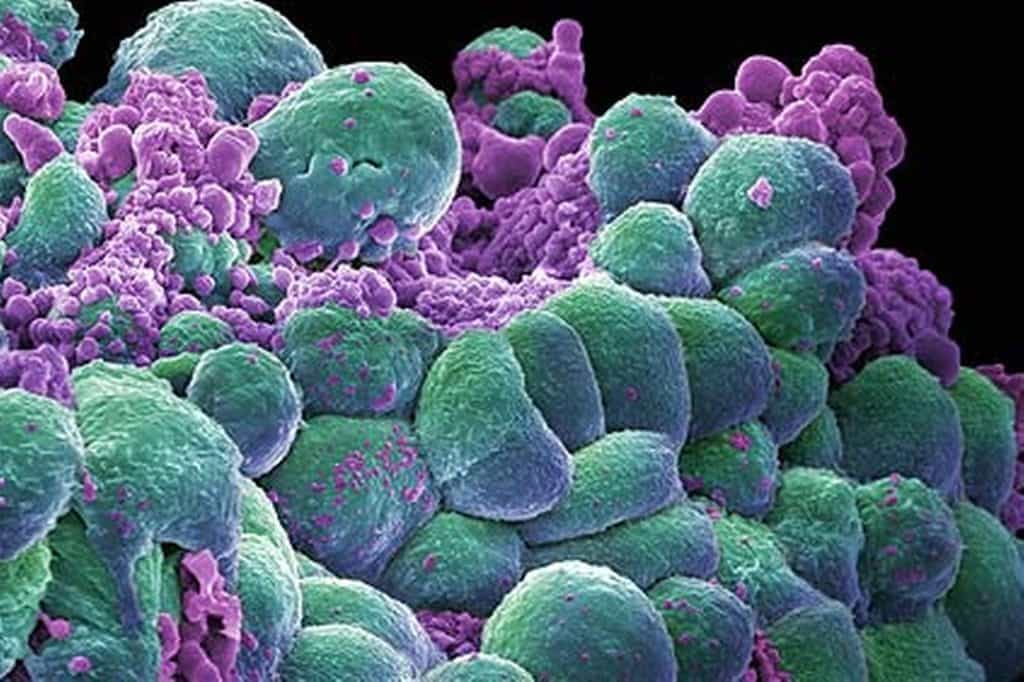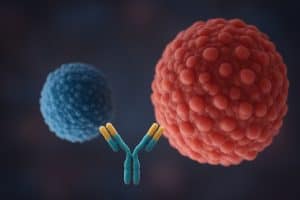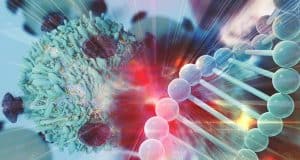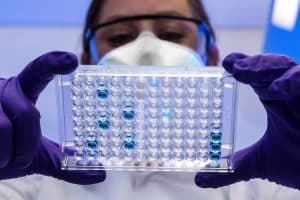
Scientists map cancer ‘family tree’
pharmafile | November 18, 2013 | News story | Research and Development, Sales and Marketing | Cancer, DNA, ICR, family tree
A method to take the DNA fingerprint of individual cancer cells is uncovering the true extent of cancer’s genetic diversity which may present new scenarios for treatments.
This is according to scientists at The Institute of Cancer Research (ICR), London and the Wellcome Trust Sanger Institute, which used DNA sequencing to identify a panel of mutations present across thousands of cancer cells in three patients with leukaemia.
They then tested hundreds of individual cancer cells for each of the mutations to determine their genetic fingerprint and place them into cancer’s ‘family tree’.
The study found that each patient’s cancer had a distinct family tree with a unique series of mutations driving their growth. The findings could be used to identify the key mutations that occur early in the development of tumours, allowing doctors to use targeted treatments more effectively.
This may have unwanted implications for current drug research however, as targeted or ‘personalised’ cancer treatments are designed to attack molecules produced by mutations.
“But if the targeted mutation occurs on an evolutionary branch and not the trunk, the treatment will fail as other branches dominate and treatment resistant cells spread,” the scientists wrote in the journal Genome Research.
Drug resistant mutations have long been a problem for personalised medicines as they generally stop working when a new mutation occurs.
Some firms such as Boehringer Ingelheim are developing new medicines to combat resistance and target multiple sub-mutations of a tumour, meaning they should be able to treat patients for longer.
This new research may aide future medical advances in oncology by understanding just how this resistance forms.
A family tree
Tumours grow through a process of Darwinian evolution, where cancer cells develop an advantageous mutation that allows them to survive and multiply, producing a population of cells which can mutate further.
Sequencing the whole genome of a cancer provides a tally of the many mutations that accumulate within it, but can fail to identify where mutations have branched off the evolutionary tree to produce distinct sub-populations of cells.
The new technique used software to assign the cancer cell with the fewest mutations as the ancestral clone and place it at the root of the evolutionary family tree, with the other clones arranged as branches above it.
Prof Mel Greaves, Professor of cell biology at the ICR said: “The diversity of genetics within individual cancers reveals the otherwise hidden evolutionary histories of cancer cells. Our research highlights how mutations distribute into branching patterns that are unique to each patient. The diversity of these evolutionary tree structures helps explain why advanced cancer can be so resilient to treatment.”
Professor Alan Ashworth, the ICR’s chief executive added: “The evolution of resistant cancer cells can be a problem for targeted therapy. If we can understand how this happens we may be able to devise better methods of treatment that slow or avoid relapse after treatment.”
Ben Adams
Related Content

Central nervous system cancer metastases – the evolution of diagnostics and treatment
The current forms of immunotherapy, how T cell therapy works and what the future holds

BioMed X and Servier launch Europe’s first XSeed Labs to advance AI-powered antibody design
BioMed X and Servier have announced the launch of Europe’s first XSeed Labs research project, …

T-cell therapy – the evolution of cancer treatments
The current forms of immunotherapy, how T cell therapy works and what the future holds






